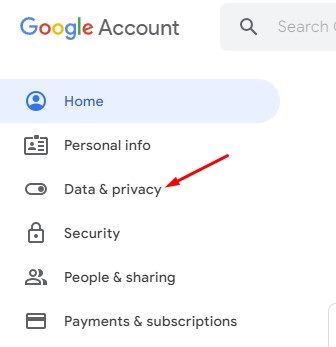
While the cost of connecting has dropped dramatically, the more we become dependent on the cloud, the more likely the temporary lack of a connection can create problems. This goes back to the days of AOL's heyday, when it wasn't just a matter of being off-grid, but of saving the cost of per-minute dial-up charges (sign on, collect mail, sign off, reply offline, sign back on to send). These techniques are finding their way to Mac and Windows apps as well. Due to the even smaller storage space available for mobile devices, developers have been adopting caching systems that are more aware of available storage and will remove infrequently-accessed items from the cache if necessary. Ditto if you use the Dropbox app on Mac, and many others. If you use iCloud on Mac, all cloud content will be cached on the local drive as well (iCloud Photo Library includes a setting to manage this). Anyone whose work has been brought to a screeching halt by the lack of web access (or isn't willing to be held hostage to high airport/inflight wifi charges) is likely to appreciate this. Mobile use has to be assumed these days, and an internet connection can't always be assumed. While it may not be important to everyone, offline access is factored into most cloud-connected apps (IMAP email, the protocol used by just about every mail provider these days, is a cloud-based system).

It is capable of supporting numerous accounts like Gmail, Yahoo,, iCloud, and any other IMAP email service.

It allows you to manage all of your email accounts in one location. Click to expand."The point." means different things to different people. Mailbird is one of the excellent email apps that run on your Windows 11 computer in a smooth and secure environment.


 0 kommentar(er)
0 kommentar(er)
